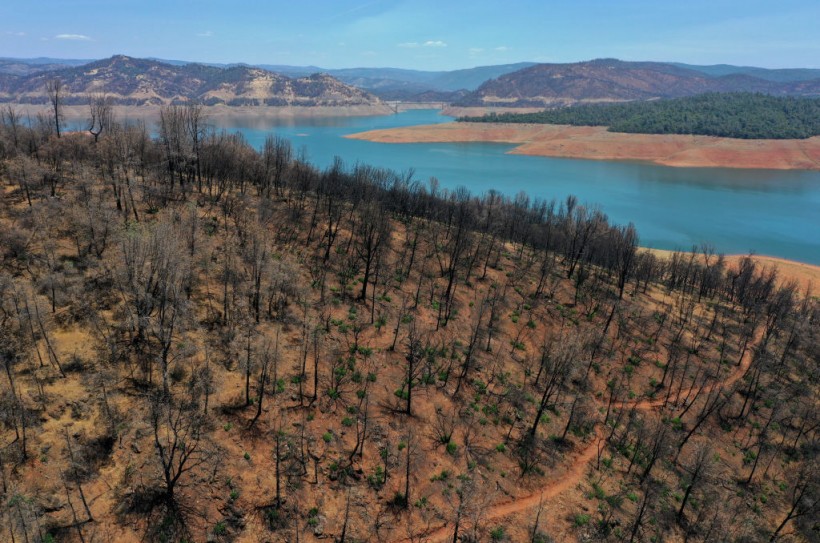One of the things that make carbon reductions very difficult is that the effects of global warming are already fueling a vicious cycle that is almost to the point of self-sustaining.
For proof of concept, one need only look at the smoke produced by the California wildfires back in 2020. Some researchers had determined that it had travelled all the way to Europe and even affected sunlight visibility!
How thick smoke travels
Using the light radar technology on board the Aeolus satellite, climate scientists tracked the movements of the smoke as it was picked up by jet streams. This was then corroborated by observations on the ground. Aeolus is also highly unique among satellites for its capacity to measure horizontal wind speed, thereby allowing the scientists to get a solid idea of how fast the smoke traveled. Based on the readings, traces of the wildfire smoke had gone as far as Germany in just a matter of days.
But as alarming as these findings are, this is far from the first time that massive wildfire calamities have flown all across national borders and affected air quality. Similar things have been happening with Indonesia's own forest fires and how they have created deadly hazes across much of Southeast Asia.
Worst still is the much simpler fact that these fires perpetuate the presence of carbon in the atmosphere. It has been estimated that at least 13 billion metric tons of carbon are produced annually because of them.
And when global temperatures rise as a result, many ecosystems around the world suffer stronger dry spells. This sets the scene for even more wildfires, making it harder and harder to break the cycle even as nations race to reduce emissions from other sources.
Also read: Three Wildfires in Florida Flare Up, One Grows to 60 Acres
Wildfire's thick smoke fuels carbon capture race
The silver lining in all this could still be the fact that advances in technology have allowed a clearer picture of carbon aerosols entering the atmosphere. Increased monitoring may eventually give a solid picture of how natural and man-made carbon capture solutions could be working. It could also flesh out strategies that governments can then use to direct their own climate action initiatives.
And already, the race for developing stronger carbon capture technologies is already underway. Here is a quick recap of some of the most popular ideas floating around.
1. Direct air capture.
Previous carbon capture technologies involve capturing carbon emissions before they enter the atmosphere. But now, more innovators are looking for ways to extract the carbon that is already up in the air and trapping it in long-lasting products.
2. Creative carbon-based products.
Direct air capture technologies often come up with simple, common products to turn their carbon into (such as cement). On the other hand, others have taken bolder initiatives to turn carbon into something more valuable (such as diamonds and carbon fiber).
3. Greener agriculture
Other researchers are looking for ways to reinvent crop farming and rejuvenate soil quality so that plants in agriculture could also play a stronger part (without also eating into more forest territory).
In any case, the proliferation of wildfire smoke is just another entry to the long list of reasons why carbon capture expansion will be crucial for combating the impact of emissions on the planet. Otherwise, global warming's vicious cycle will only stand to get worse.
Also read: Wildfire Destroys Multiple Homes and Prompts Evacuation in Arizona
© 2024 NatureWorldNews.com All rights reserved. Do not reproduce without permission.






